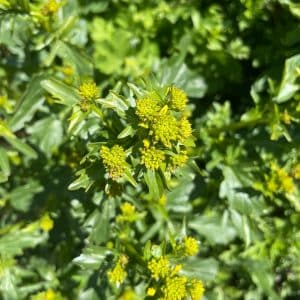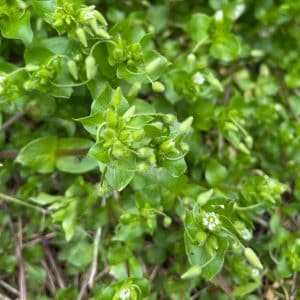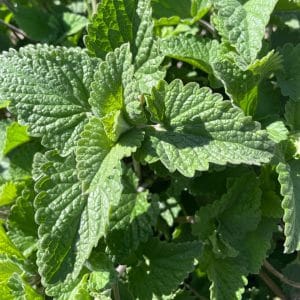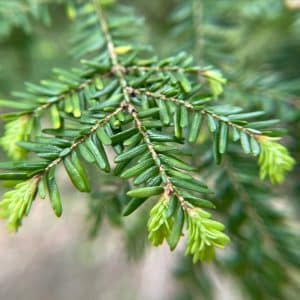Winter Cress (Barbarea spp.) is a collection, or genus, of plants that are part of the mustard family. They are herbaceous, and depending on the species, they can be biennial or perennial. Another popular name for winter cress, is yellow rocket, hinting at its use as a culinary herb.
Winter cress species are native to many areas within the Northern hemisphere, particularly Europe and Asia. Some uncommon species can however be found within the Southern Hemisphere, including Tasmania, Australia. The American yellow rocket (Barbarea orthoceras) is native to large areas of midwest US, although not particularly common. However you are more likely to spot land cress (Barbarea verna) and bittercress (Barbarea vulgaris). These species were likely introduced into the US from early settlers, as they are actually native to Europe and Asia.
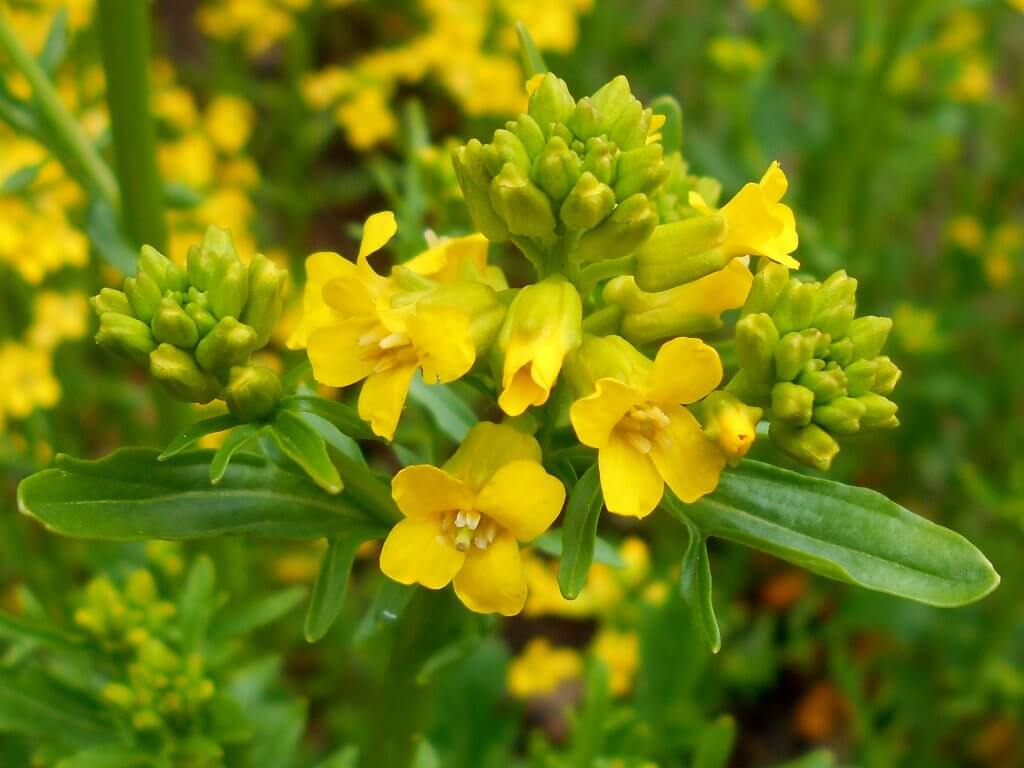
They are particularly small plants, never reaching more than 60cm high. Their leaves are deep green, lobed, and form a rosette around the stem. When flowering in spring through to mid summer, it bears a striking collection of yellow flower clusters at the end of the stems.
Edible parts and other uses
The leaves and flowers are edible raw or cooked, and can be used in a wide range of recipes. From flavorful summer salads, to curries and casseroles, the light peppery taste adding a depth of flavor. Many wild food foragers claim that boiling winter cress in water before cooking or using greatly improves the flavor. The flower buds or opened flowers can both be used. The bright yellow flowers add a fantastic pop of color to salads.
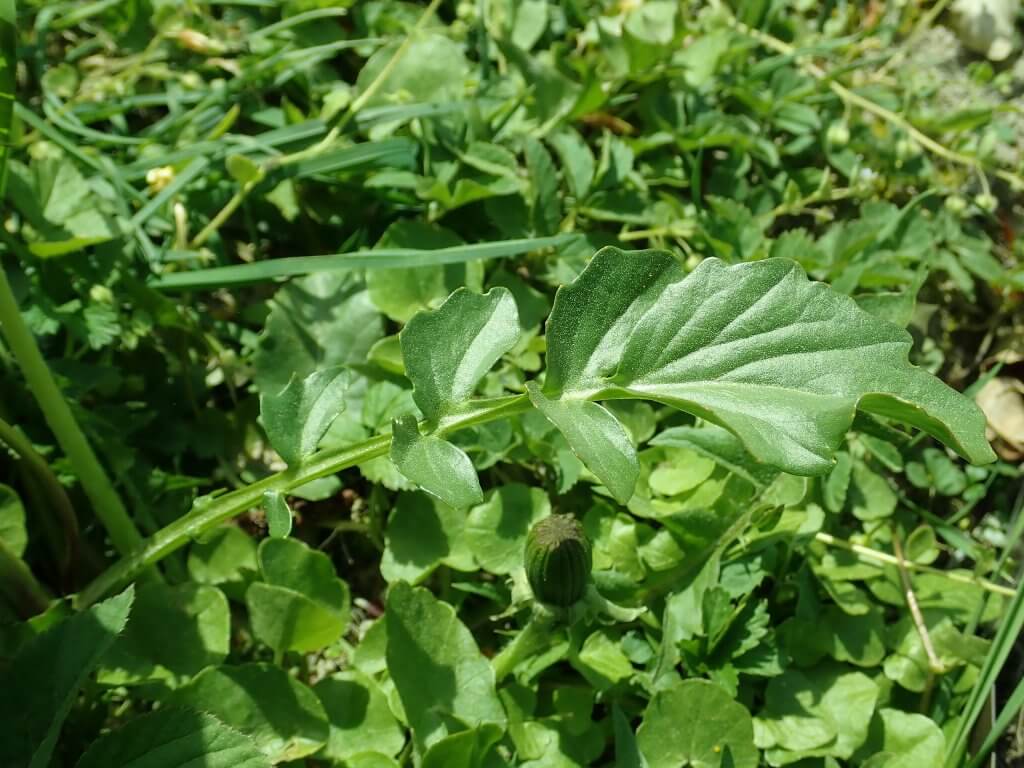
It’s easy to preserve winter cress to use throughout the year and to store any extra leaves you may have harvested. The leaves can be dried or frozen for use at a later date. You could even add the leaves into oil, to infuse the oil with their signature bitter and peppery taste.
Winter cress was also used within medicinal practices too, mainly as a poultice by early settlers. However Native Americans also believed winter cress could be consumed to purify the blood.
Cautions
Winter cress is very distinctive, and luckily no toxic lookalikes exist. The scientific study of winter cress is limited, and although perfectly safe to consume, all foods should be eaten in moderation.
Due to its common appearance in damp soils in some urban areas care must be taken when foraging. Make sure you do not harvest leaves from any areas with high pollution e.g. a car park, or for example a drain field.
Foraging
When foraging for winter cress it is best to focus your search alongside rivers, creeks and areas with particularly moist soil. The tell-tale yellow flowers will usually be the most recognisable feature that catches your eye.
You can generally pick winter cress leaves throughout the year, but spring and summer are usually the best seasons. Older plants are likely to have tougher leaves, so choosing newer leaves in spring and summer will provide you with the best yield. During the winter, winter cress can be picked, however it lies dormant, so be sure not to over harvest.
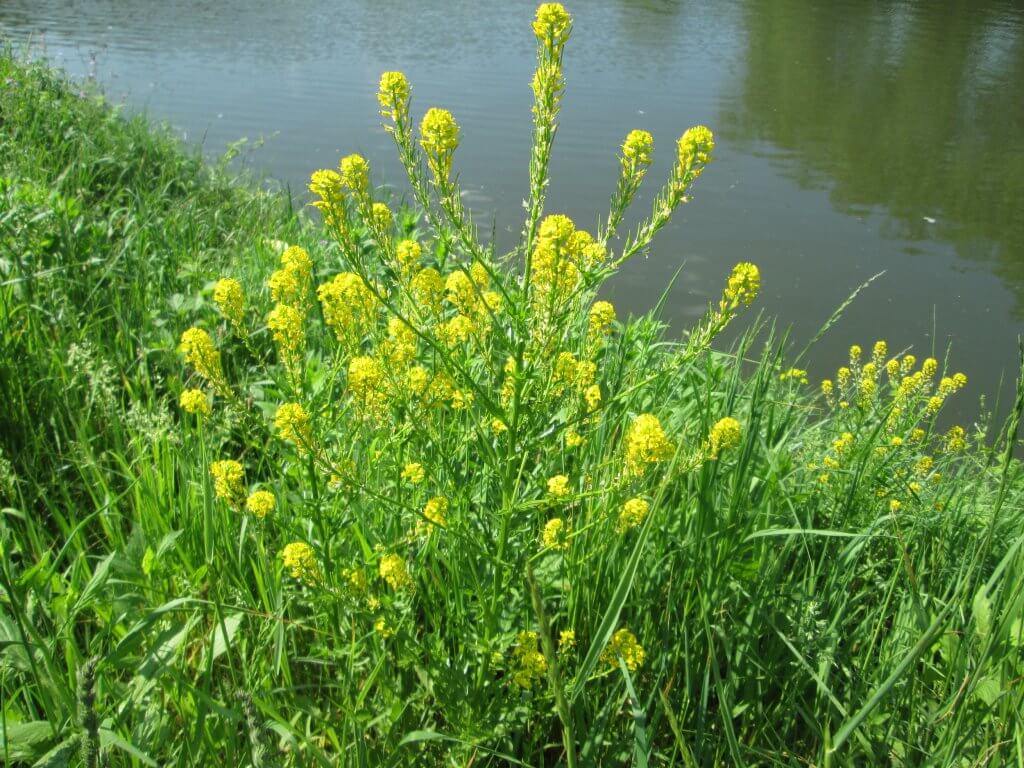
Did you know…
Winter cress was once nicknamed ‘scurvy cress’ as it provided a much needed source of vitamins for early settlers. During the winter months when crop yields were low and fresh vegetables less abundant, winter cress was frequently harvested.
Conclusion
The juicy, peppery leaves of winter cress are easy to forage and supply a generous yield of leafy greens. They are a great source of anti-oxidants and vitamin C making them a perfect healthy green to cook with. They are even easy to grow at home, if you became completely taken with them and needed a supply very close to home!
—————Written by Hannah Sweet
Hannah is a freelance writer and graphic designer from the UK. With a penchant for travelling, photography and all things botanical, she enjoys writing about a wealth of topics and issues, from conservation and slow living, to design and travel. Learn more about her writing and design services at www.sweetmeanders.co
Many of our readers find that subscribing to Eat The Planet is the best way to make sure they don't miss any of our valuable information about wild edibles.
See our privacy policy for more information about ads on this site

